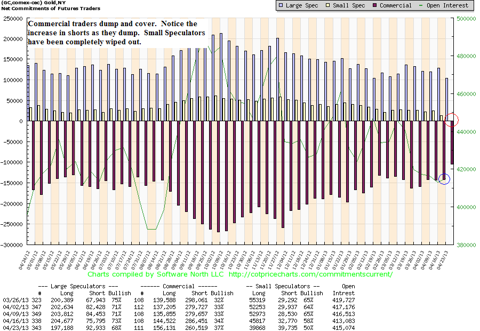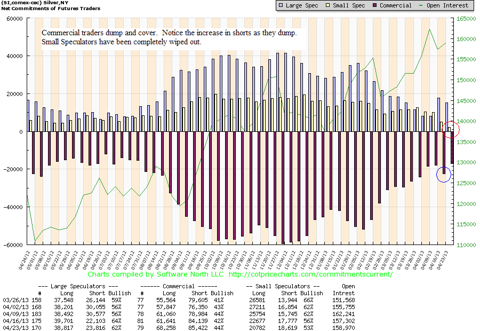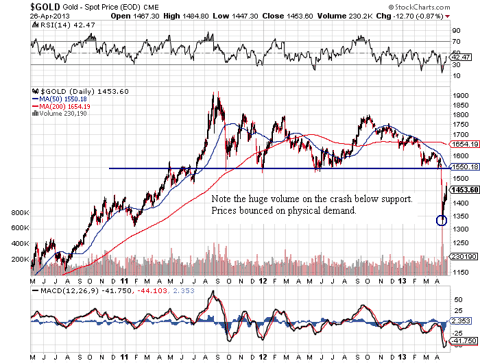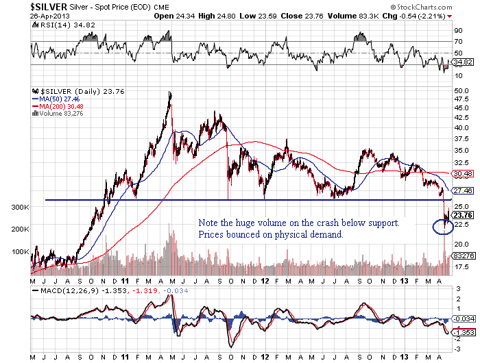The ultra-luxury market has been a strong performer in recent years. As companies such as Michael Kors (NYSE: KORS ) and Coach have expanded their product lines and focused on Asian operations, the stocks have attracted a plethora of investors, with the former up more than 130% in two years. One segment that tends to be neglected among analysts, though, is the art world. There are two major players in big art auctions -- Sotheby's (NYSE: BID ) and Christie's. Let's look at the publicly traded option to see how it compares with other luxury stocks.
Soft art
Investors seemingly haven't been too interested in the big auction houses since the financial crisis because the art market has been relatively weak. Whether the market is coming back or not is up for debate, with some analysts saying we are at a natural turnaround point, while others forecast remaining tepidity. I am inclined to agree with the former, as the economy picks up overall and ultra-high-net-worth individuals increase their big spending. Additionally, the rapid ascent of wealthy Chinese will continue to spur the art market in the next several years.
That said, I love the art business. The auction houses make up to 20% commissions on the pieces sold, which can often be in the tens of millions. Margins are high, the clientele is fiercely loyal, and the industry is essentially a duopoly. If you're trying to find businesses that meet Warren Buffett's criteria of high moats and abundant cash flow, this is starting to like a good bet. Most importantly, the market seems to value Sotheby's at single-digit or nearly flat growth in the coming year. This looks to be in contradiction with recent data.
Invest in the arts
According to a report from Deloitte, assets in art investment funds rose nearly 70% last year. This boded well for this year's big auctions, such as Sotheby's Impressionist and Modern Art Sale -- one of the biggest of the year. The event brought in more than $300 million and points to year-over-year gains of 30%, according to company management. Will the trend continue throughout 2013? It's hard to say, but these early-year auctions could be attractive indicators for the rest of the year's events.
Perhaps the most important number of all, though, is where Sotheby's fits in with other luxury stocks. Analyst estimates, tepid (and possibly incorrect) as they are, give a forward P/E of 14.3. Michael Kors trades at nearly 24 times earnings, while Tiffany (NYSE: TIF ) trades at more than 18 times earnings. Sure, these aren't identical businesses across the board, but the luxury segment tends to attract similar valuations.
The company has very little debt and plenty of cash. Once the market notices recent successes, which could put to rest some fears regarding the art market at large, investors can expect attractive multiple correction that would send the price well above its current level.
Of course, exercise caution. The art market is a difficult one to predict and can fluctuate violently. If there is a macroeconomic relapse affecting the U.S., Europe, and Asia, investors are likely to flee.
Overall, though, given valuation and misleading analyst growth prospects, I find Sotheby's to be a very compelling value-oriented investment for those interested in the luxury markets.
More from The Motley Fool
Michael Kors is one of today's hottest high-end fashion brands, and that's translated into one of the best-performing stocks in retail -- since its debut on the market in late 2011, the share price has more than doubled. But with all that growth, has the stock finally become too expensive, or is there still room left to run? The Motley Fool's premium report on Michael Kors gives investors all the information they need to make the right decision. We cover the key must-watch areas, opportunities, and threats to the company that investors need to know. To claim your copy, simply click here now for instant access.








 With demand for corn, soybeans and other agricultural commodities continuing to grow and the supply of arable land in decline, farmers need to maximize their harvests.
With demand for corn, soybeans and other agricultural commodities continuing to grow and the supply of arable land in decline, farmers need to maximize their harvests. 








 This column is being dictated directly into my computer. I'm spared the drudgery of typing thanks to a company called Nuance Communications (NUAN).
This column is being dictated directly into my computer. I'm spared the drudgery of typing thanks to a company called Nuance Communications (NUAN). 

